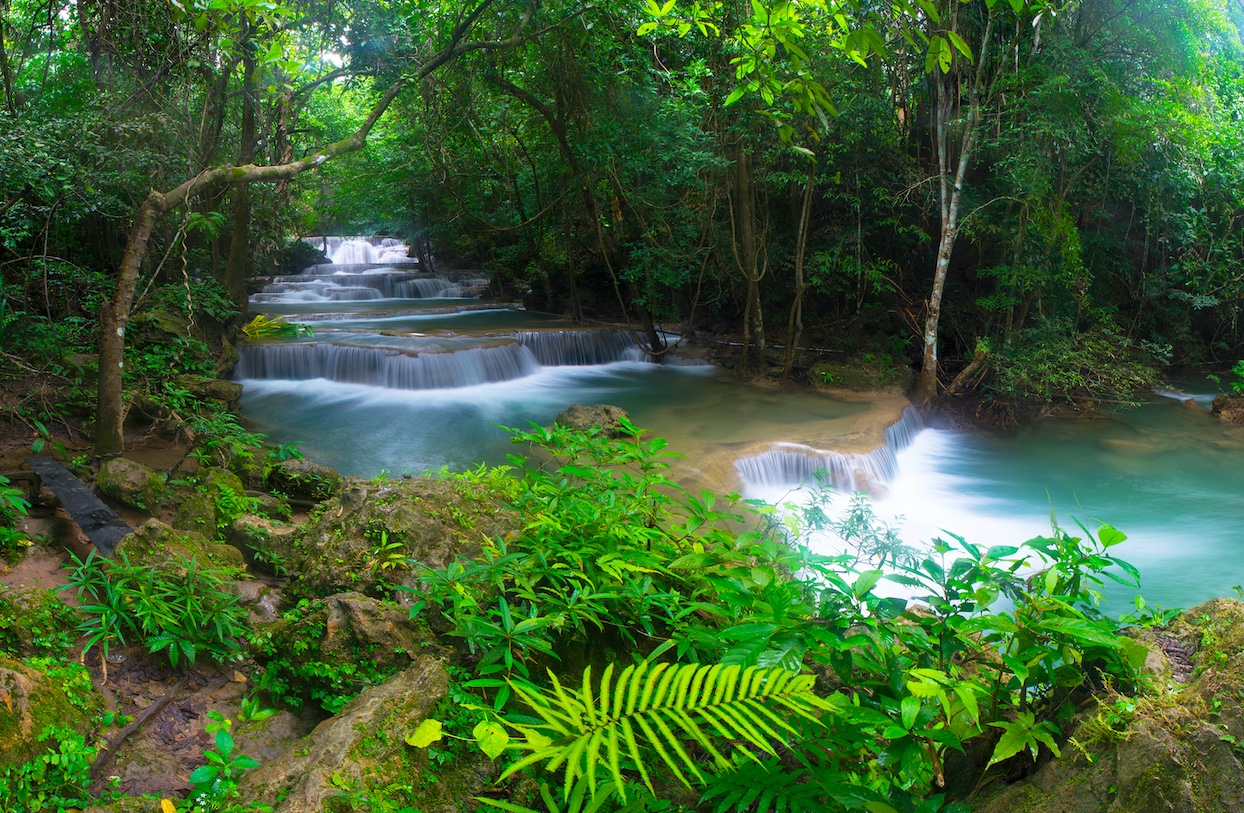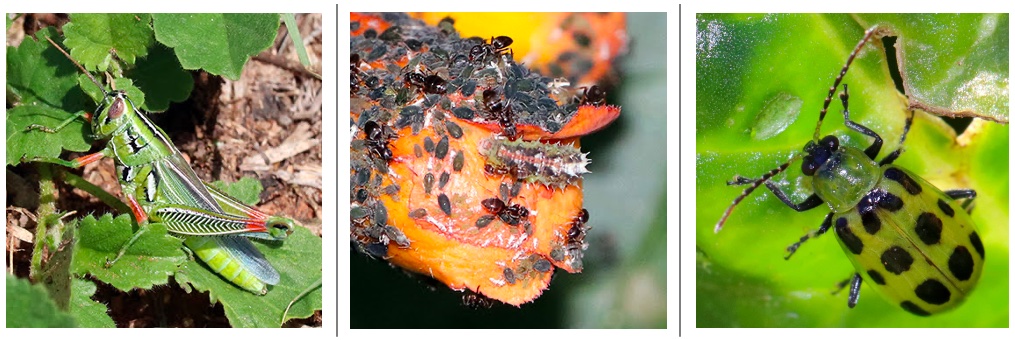Tiny and Mighty Creatures

Insects comprise the largest group of living beings on Earth. They play many different roles in the ecosystem, all of them important both for humans and the environment.
Here we have a small sample of insects from around the world, which are part of the Invertebrate Zoology Collection of the Natural Science Research Laboratory of the Museum of Texas Tech University.
These are some of the key roles that insects play:
Pollinators
Those who transfer pollen across plants to help them produce fruits and seeds.
To learn more about pollinators and pollination, go to the website that former graduate student Alyssa DeWaele put together about this.
Predators
They feed on other insects or other invertebrates. Free pest control.
Decomposers
The recycling team. They help breaking down organic matter, returning nutrients to the soil.

Plant feeders
A large proportion of insects feed on plants, on different parts of them.
Insects as food
Many animals depend on insects as a food resource with high content of protein and fat.
Do you have questions?
Why do the insects in the display have pins going through them?
What are the pieces of paper under some of the insects?
For other questions, please email the Curator of the Invertebrate Zoology Collection: Jennifer.Giron@TTU. edu
Additional Resources
- Back to overview of the Collection
- Background and History of the Collection
- People
- Opportunities
- Curatorial basics
- Our specimens in publications
- Our specimen database via ecdysis
- Our specimen database via GBIF
- Documenting Invertebrates around the Museum using iNaturalist
- Guide to commonly observed invertebrates at the Lubbock Lake Landmark
Natural Science Research Laboratory
-
Address
Museum of Texas Tech University, 3301 4th street, Lubbock, TX 79409 -
Phone
806.742.2486 -
Email
nsrl.museum@ttu.edu




